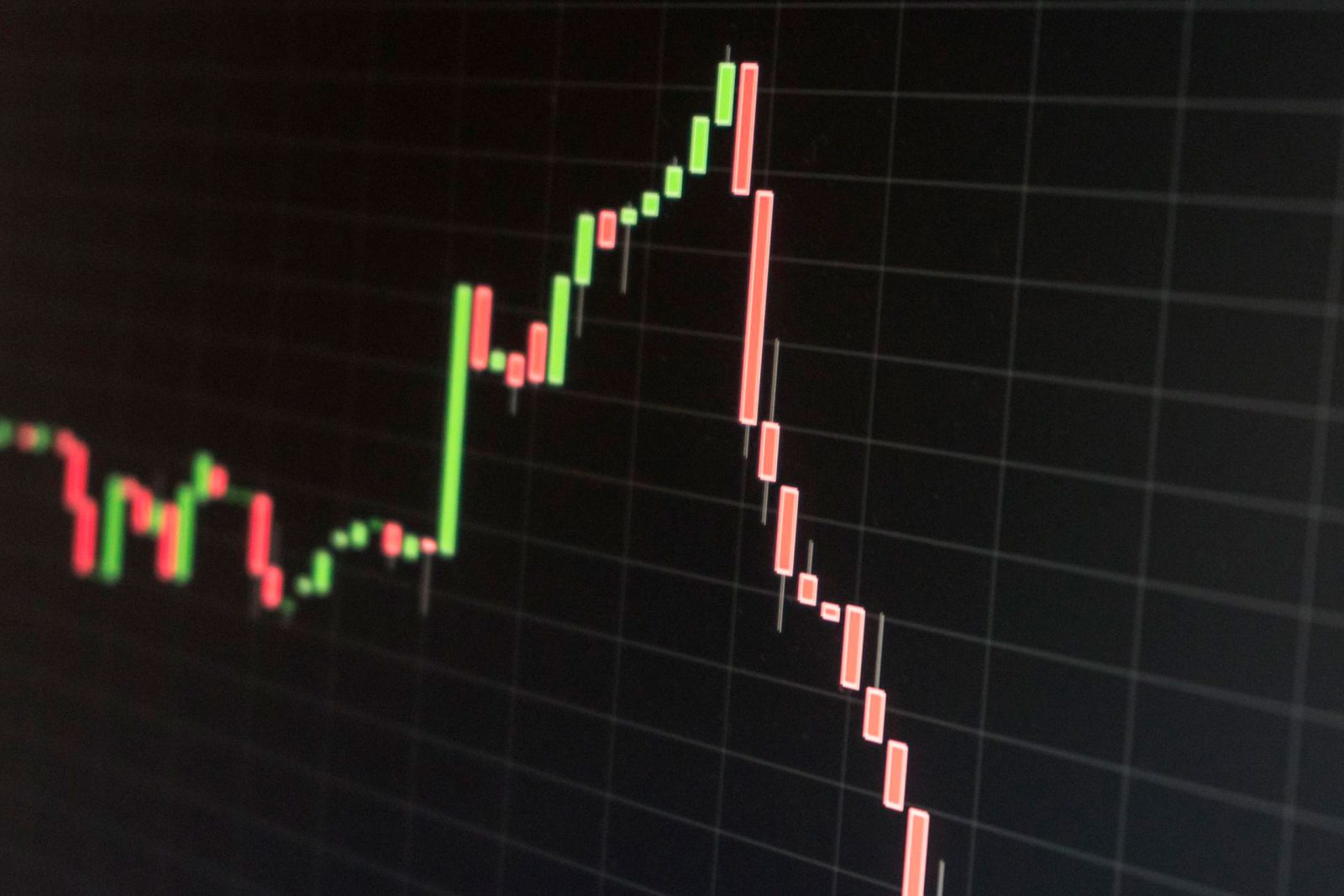The Dangers of Institutional Trading and Fast News Analytics


The Dangers of Institutional Trading and Fast News Analytics
High-frequency news analytics services offer institutional traders a competitive advantage by providing rapid access to new information, but this efficiency comes at a cost. These analytics, generated by computer algorithms using real-time content from various sources, can quickly assess whether an article is positive or negative and whether it contains relevant information affecting a firm’s value. While this “meta-information” benefits high-frequency and algorithmic traders, it can lead to unintended consequences when algorithms initiate trades based on inaccurate data.
One example occurred in April 2013 when an erroneous Twitter feed about a White House explosion caused a mini flash crash in US markets. While some blamed algorithmic trading for the reaction, it’s widely accepted that news-reading algorithms are more prone to misinterpret news than human traders.
Given the growth of computerized trading and its impact on information access and stock prices, understanding the price effects of such meta-information is crucial for policymakers concerned about financial market stability.
In a new working paper, researchers have explored the causal effect of meta-information by analyzing high-frequency signals derived from Dow Jones Newswires stories provided by Ravenpack, a news analytics provider. They classified articles into three categories: those with little relevance but inaccurately noted as highly relevant by algorithms, relevant articles initially marked as of little value but later confirmed as highly relevant, and articles accurately noted early as containing highly relevant information.
The study revealed significant price, volume, and liquidity effects:
- Price: Stock prices reacted more slowly to articles initially marked as low relevance but later confirmed as highly relevant compared to articles accurately marked as highly relevant from the start. There was also an overreaction to low-relevance articles initially released as highly relevant, quickly corrected by human traders.
- Volume: Articles recognized early as highly relevant triggered a significantly higher trade volume ratio in the first five seconds compared to articles initially marked as low relevance. This suggests that investors with a speed advantage aggressively trade on signals they can exploit before others.
- Liquidity: Stock liquidity measured during the five seconds after an article’s release was significantly lower for articles accurately marked as highly relevant compared to those initially marked as low relevance. This indicates that while trading on news analytics improves price efficiency, the limited access to news sentiment indicators increases information asymmetry in the market.
Get back to Seikum News 🤓




